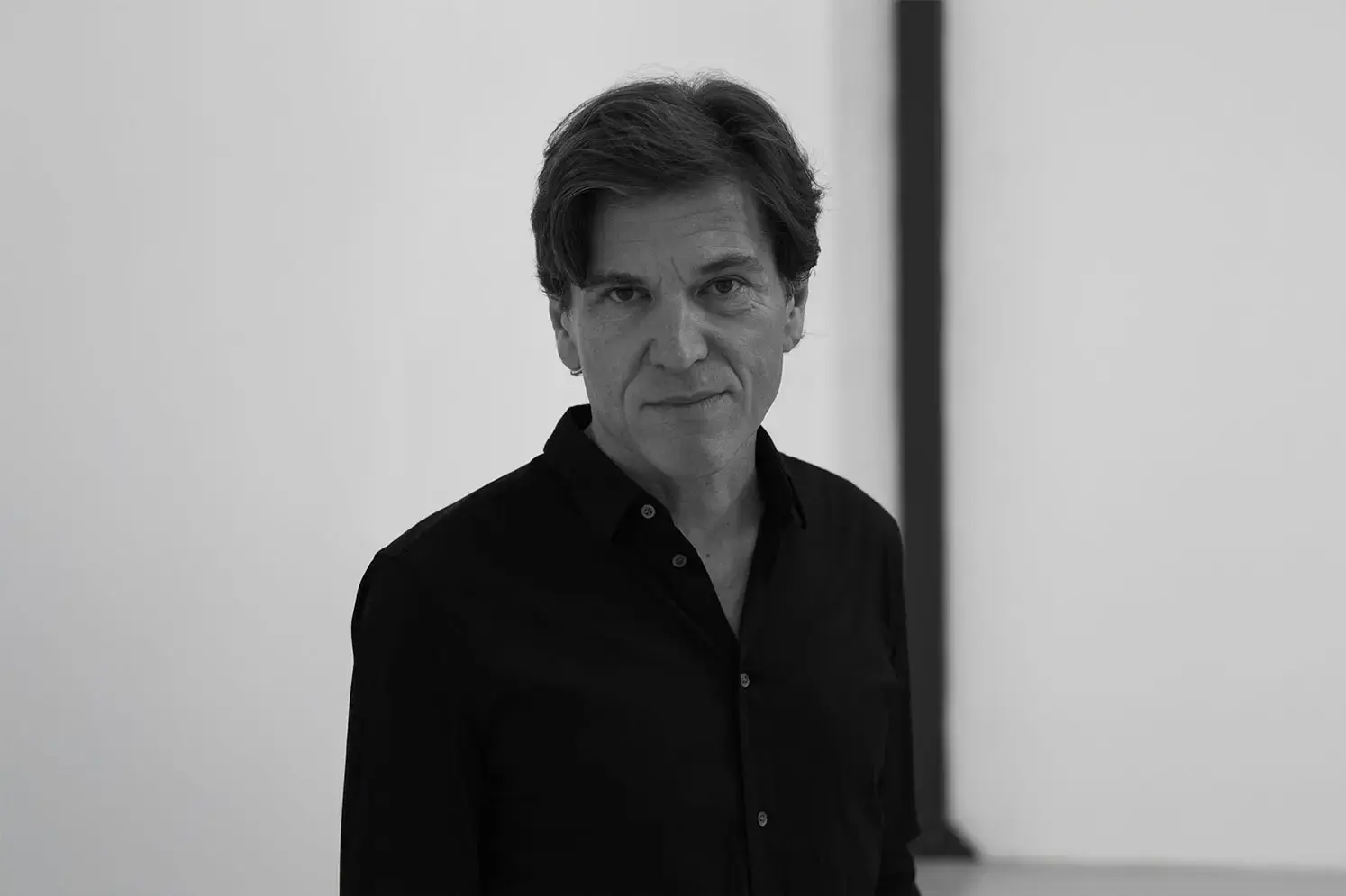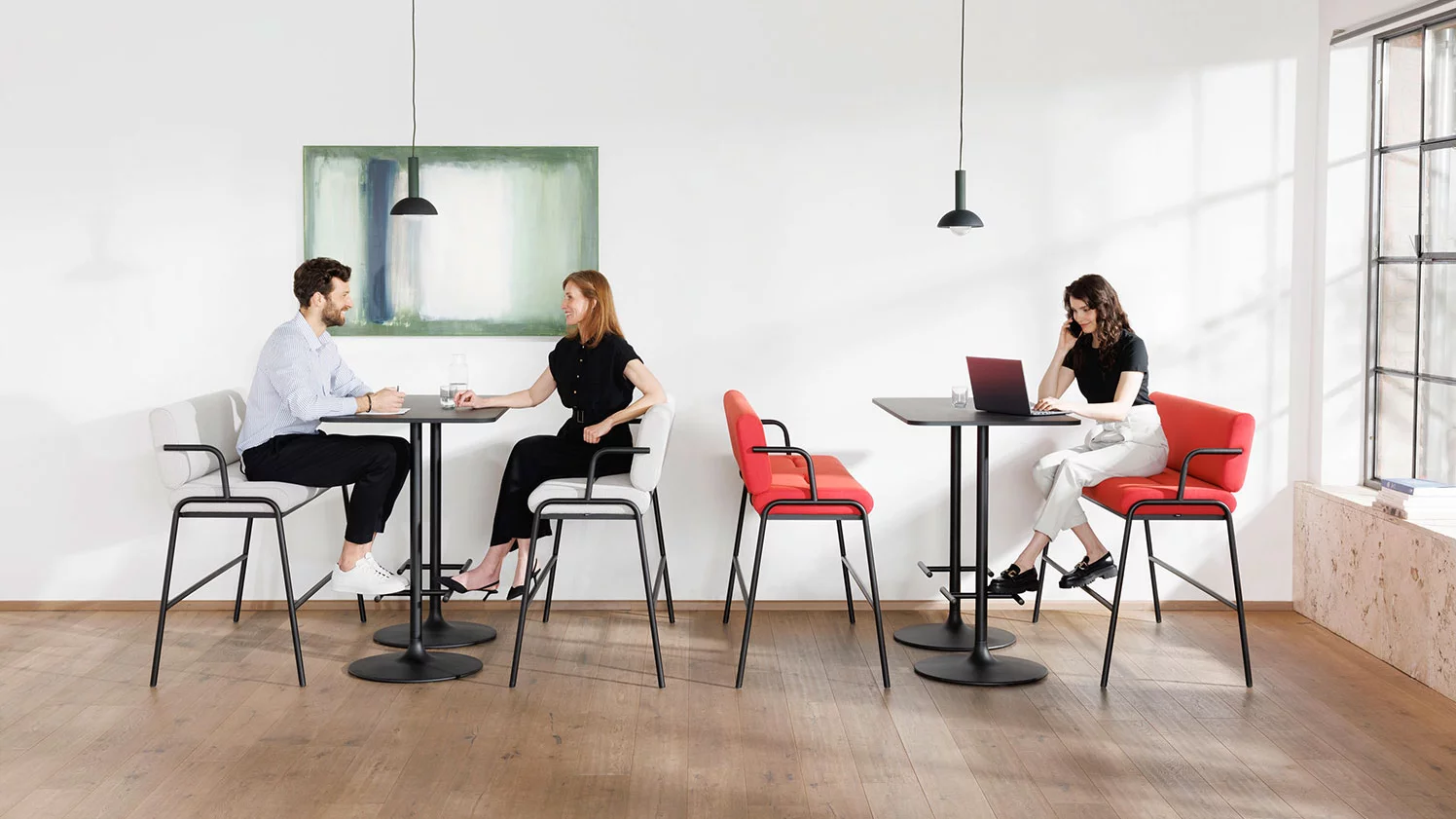Designer of inspiring workplaces
Designer Christian Horner
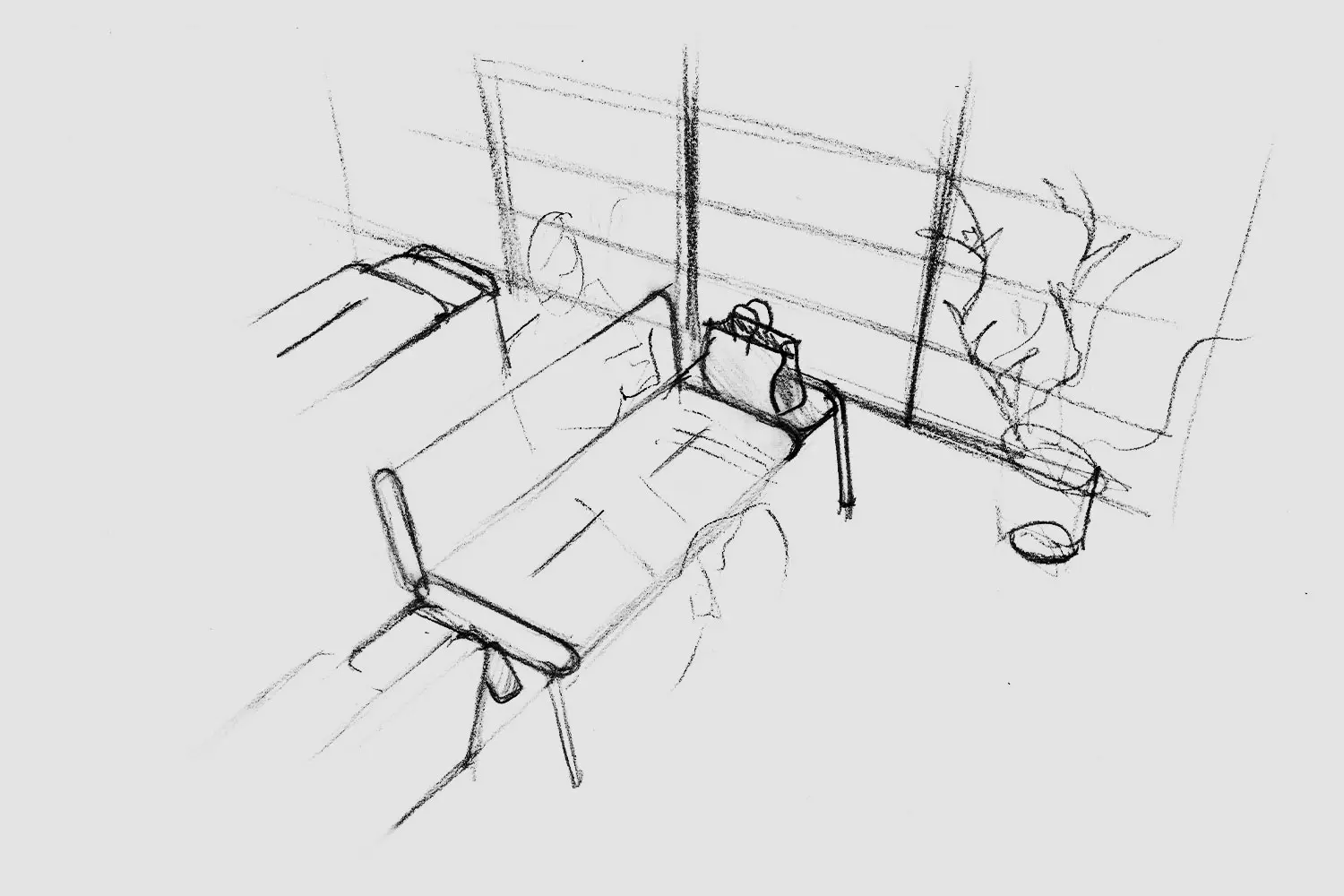

Designer Christian Horner
Design culture at Bene
An attractive and inspiring workplace has an impact on employee satisfaction and performance. Christian Horner is a product designer at Bene and specialises in the design of such spaces.
Despite defined processes, the company's structures are permeable and flexible enough to allow product ideas to be introduced spontaneously at any time. The basis for this is the design culture and the understanding that creative processes are not always linear. Design decisions are made informally and usually as a team and then quickly implemented in 1:1 prototypes. If necessary, entire room settings are created. Exemplary room plans are also an important means of validating new concepts.
The focus of my work as a product designer for Bene is to take the concepts that are developed internally in the research process and turn them into concrete furniture ideas for the workplace. Even if I am always working alone and concentrated with a pen, laptop or on models, I am in constant dialogue, put my ideas up for discussion and seek out expertise from a wide range of areas.
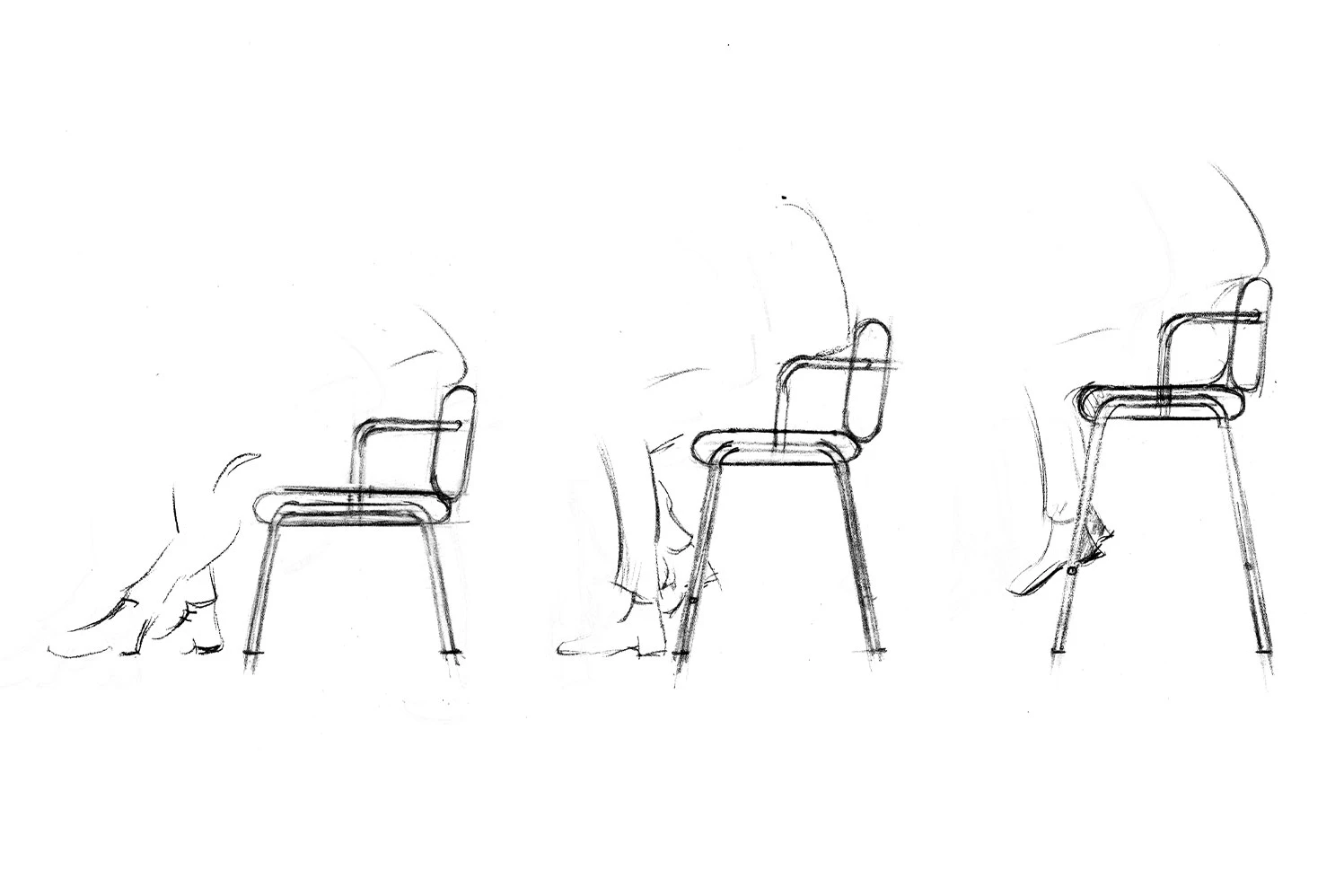
CASUAL by Bene
Starting with the floor plan is fundamentally important in the design of office furniture, as traffic routes, passages, and multi-purpose use have a strong influence. On the other hand, for sustainability and material efficiency reasons, one must strongly consider all components. For example, in the development of the CASUAL bench family, the analysis of the future production process was at the forefront from the beginning.
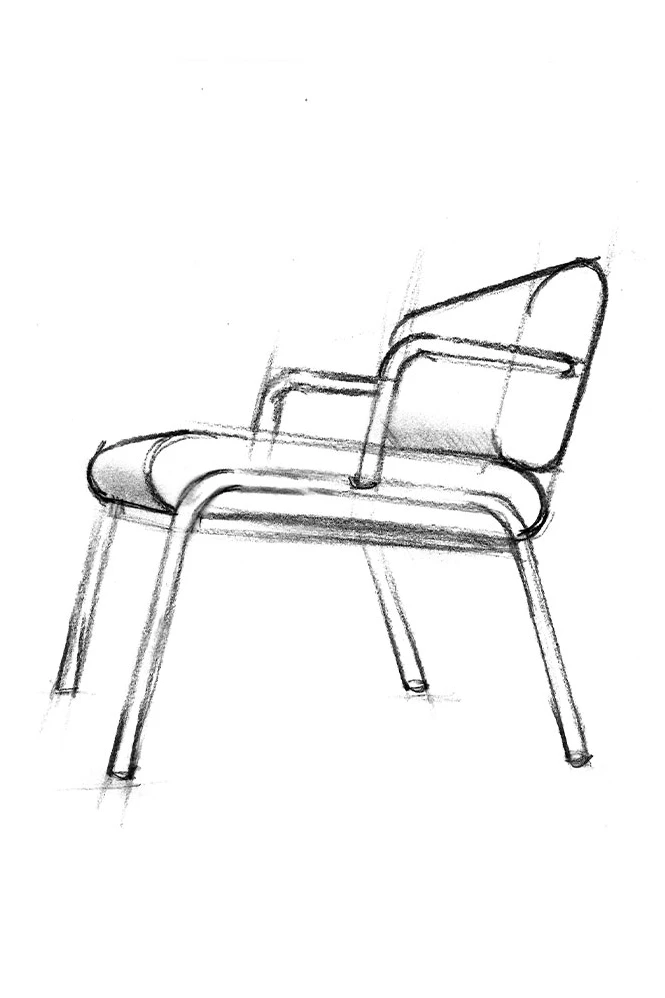
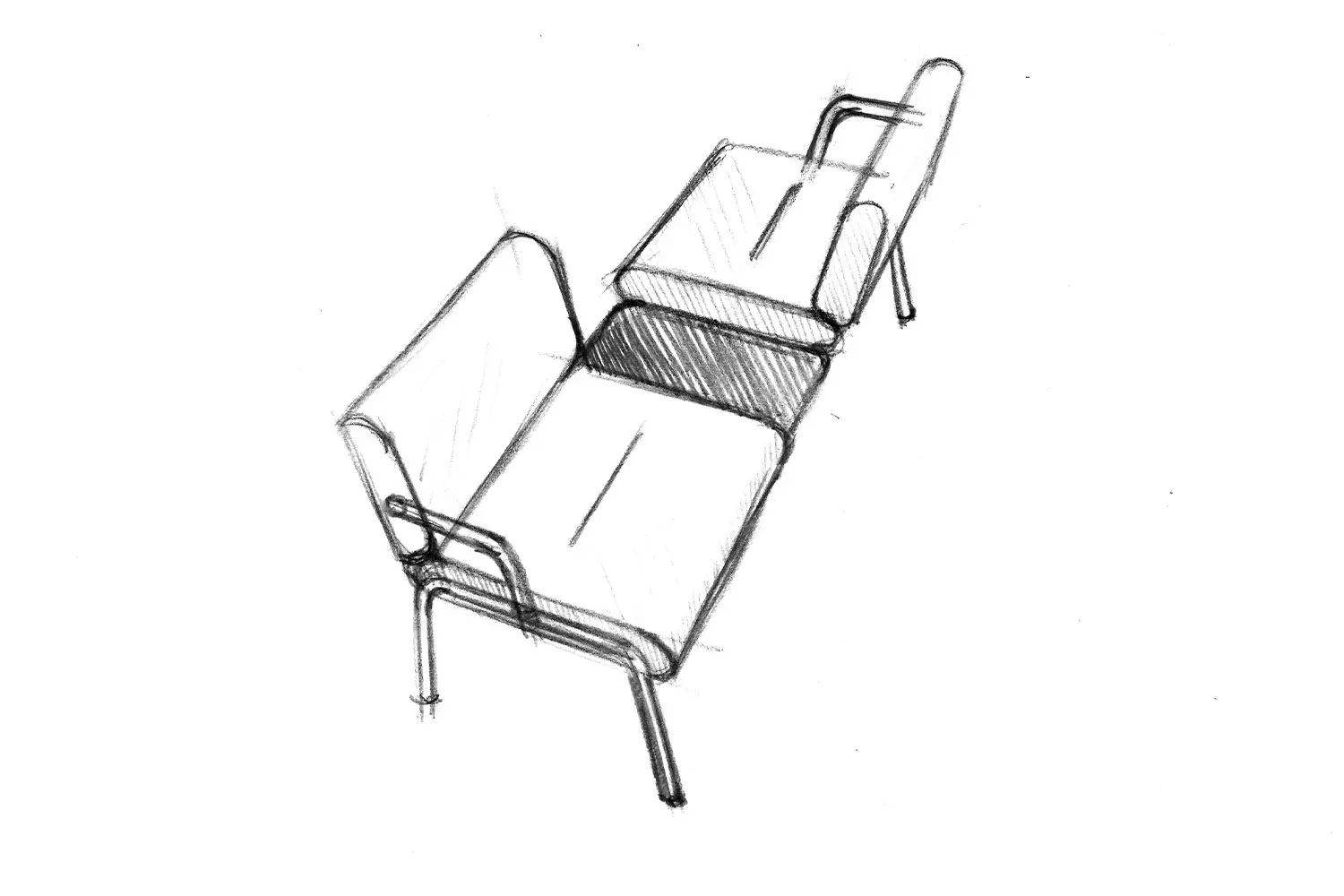
The furniture was developed from the inside out: a simple upholstery body made of cut foam that can be easily adjusted and modified, a waste-optimized upholstery cover with few seams, and a simple, easily disassembled steel frame designed to use many identical components throughout the product family. During the design process, I also repeatedly created various seating configurations and integrated them into typical office layouts to question their plausibility. From the beginning, there was the idea of three different seat heights. They reflect both more diverse and agile work and offer different spatial perspectives. An aspect that has gained importance due to the large open office landscapes. Finally, the product range was expanded to include an almost identical outdoor version for an even broader range of applications.
Similar to other designs of mine, CASUAL is a furniture system with a pronounced modular character. Modularity is, in my opinion, the central theme in the working world for several reasons: in terms of the interchangeability of components and their durability, but also in terms of flexibility and versatility in use. In addition, modular furniture can promote creativity in the company. They allow for space and interpretation. For many people, the term "module" has a technical connotation. In my opinion, this is more a question of design.
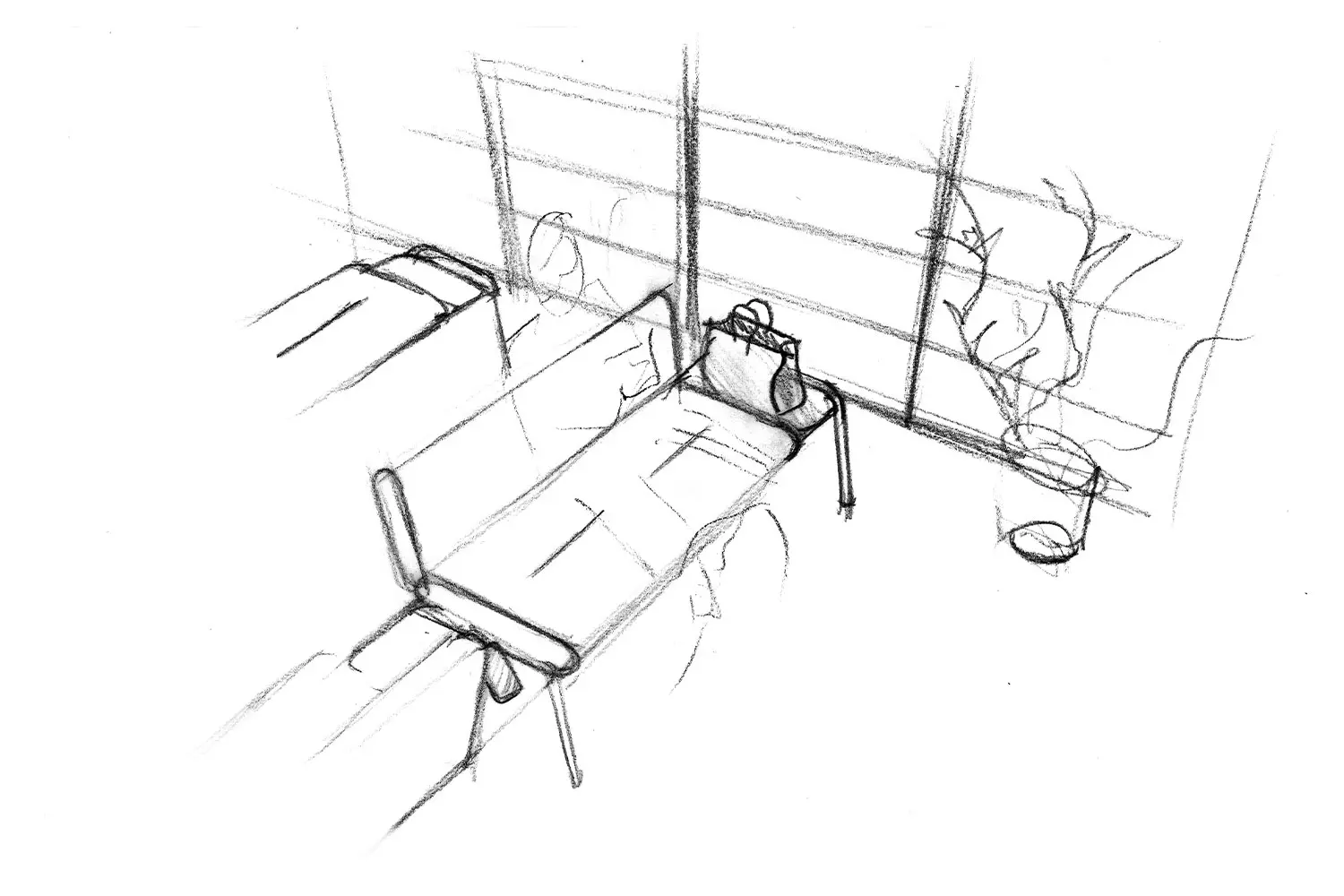
In general, our offices have become more comfortable, colourful, and individual in recent years. A logical reaction to the gray office worlds of the past. We also wanted to bring something from the home office experience into the office. But the office should not become an overly perfectly planned, over-staged place.
The park bench for the office
For me, office furniture is a friendly tool. Functional and versatile, but also comfortable and ergonomic. Of course, it should also emotionally appeal to people, but the associations and images should correspond to their actual use. A strong image for me in coming up with ideas for CASUAL was, for example, the park bench. Especially during the time when we were all working from home, it was an important meeting point outdoors. I liked how people met spontaneously or by appointment in a very relaxed manner and how these simple, robust pieces of furniture offered many different ways of use.
I am always looking for the simple solution that still meets our need for comfort and aesthetics. Of course, the working world is complex, standardized, and technical, but no one should have to feel that. That's how I see my role as a designer.
Photo credit: Bene GmbH
Text published in Architektur Aktuell issue: Office + Object 12.2023
